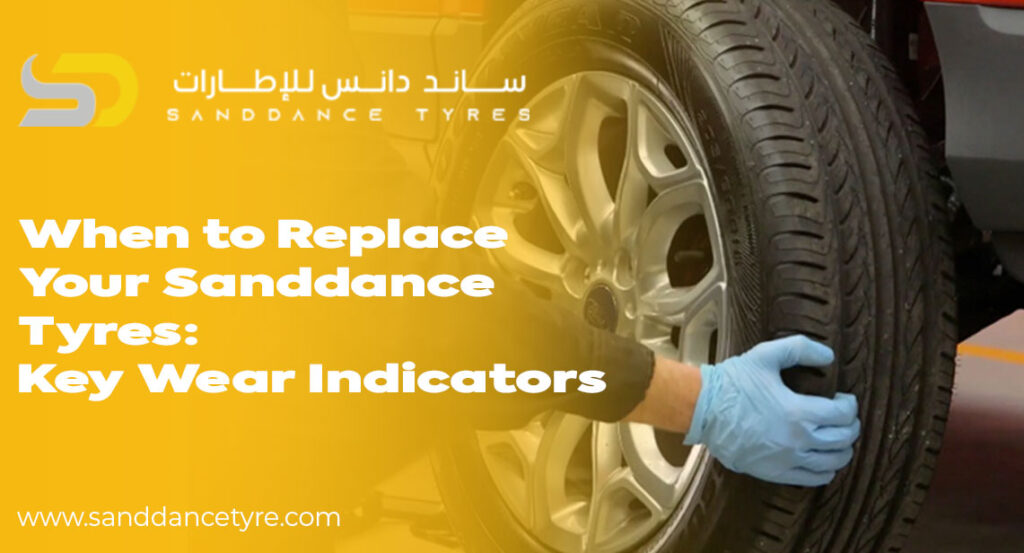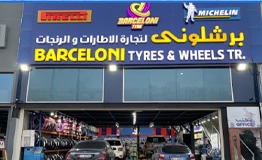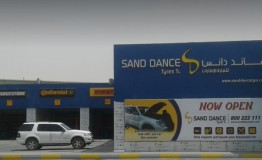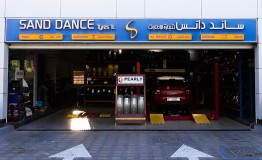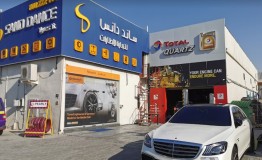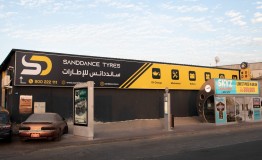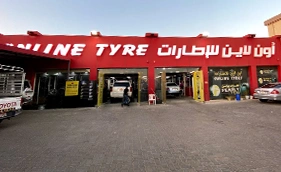Tyre Replacement Signs: Know When to Change Your Sanddance Tyres
Understanding tyre replacement signs is essential for maintaining road safety, fuel economy, and peak vehicle performance. No tyre lasts forever, even though Sanddance tyres are engineered to be dependable and long-lasting. Neglecting important tyre replacement signs can lead to unsafe driving, longer stopping distances, and an increased risk of collisions. This guide outlines the main tyre replacement signs to help you determine when your Sanddance tyres need to be replaced for optimal driving safety.
The Significance of Tyre Health
The only component of your car that comes into direct contact with the road is the tire. Their performance deteriorates with time due to wear and tear. Changing them when necessary helps guarantee:
- Improved handling and traction
- Reduced stopping distances
- Enhanced fuel efficiency
- Increased security in hot or rainy conditions
It is crucial to comprehend these wear signs, particularly if you drive regularly in the harsh weather of the United Arab Emirates.
1. Verify the depth of the tread
One of the most obvious and significant indicators that a tire needs to be replaced is tread depth. It has an impact on how effectively your tires stay on the road, particularly in sand or rainy weather.
- Fresh tires: About 8 mm of tread depth
- 1.6 mm is the legal minimum in most areas.
- Replacement suggested: less than 2 mm
A tread depth gauge or the integrated wear bars found on Sanddance tires can be used to verify this. It’s time for a change if the tread and wear bar are flush.
2. Examine the Sanddance Tyres’ Wear Bars
Small rubber bridges between the tread patterns and wear bars are features of Sanddance tires. These show up when the tread has deteriorated to a dangerous degree. Your tyre has to be replaced if your wear bars are level with the tread surface or otherwise noticeable.
3. Damage to the tires that is visible
Another important metric for assessing tire health is physical damage. Keep an eye out for:
- Sidewall cracks or dry decay
- Deep wounds or punctures
- Bubbles or bulges on the exterior
Such deterioration might jeopardize safety by causing unexpected tire failure. A careful examination may uncover hidden hazards, even if your Sanddance tires appear to be in good condition at first glance.
4. Tyre Age: More Than Just a Figure
Even though they haven’t worn out entirely, tires deteriorate over time as a result of exposure to heat, UV rays, and road conditions.
- Regardless of mileage, tires should be replaced every six to ten years.
- The manufacturing date is displayed on the sidewall; check for a 4-digit DOT code, such as 3219, which indicates the 32nd week of 2019.
- Although sanddance wear is gradual and controlled, age-related deterioration can nonetheless affect them like it can any tire.
5. Inconsistent Wear Trends
- Uneven wear suggests underlying problems such as misaligned wheels.
- Inaccurate inflation
- Issues with suspension
Look for trends like flat areas or one side of the tire wearing down more quickly than the other. Ignoring these indicators may result in less control and accelerated tire degradation.
6. Road Noise and Vibration
Increased road noise or unusual vibration could be an indication of internal tire imbalance or damage. At high speeds, this is very apparent. You probably need new tires if alignment or balancing doesn’t resolve the problem.
Sanddance Tyres: Why Trust Them?
Even while tires will eventually need to be replaced, Sanddance tires are designed to last longer, provide better traction, and function consistently even in the most extreme weather and road conditions. They have intelligent wear indicators, long-lasting tread compounds, and precisely designed construction for roads in the United Arab Emirates.
Concluding Remarks: When and Why Tyre Changes Are Important
Tire replacement indicators like wear bars, low tread depth, obvious damage, and tire age can help you avoid expensive repairs or, worse, an accident. Although performance and safety were the main considerations in the creation of Sanddance tires, you can always drive with confidence if you keep an eye on their condition.
To find out the condition of your tires, schedule a safety inspection at a Sanddance-approved facility right now. Timely tire replacement is not only prudent, but also necessary for safety and comfort.
FAQs
Q1: How can I determine when my tires need to be changed?
Check for wear bars, cracks, bulges, worn tread, and if your tires are more than six years old. Any one of these indicators indicates that a replacement is necessary.
Q2: Can tires with minor sidewall cracks still be used?
No. Blowouts may result from cracks, which may indicate dry rot. Replace any tires that have obvious cracks right away.
Q3: What is the minimum tread depth required for safe driving?
For maximum grip and safety, experts advise replacing tires when tread depth drops below 2 mm, even though 1.6 mm is the legal minimum.
Q4: Are tread wear indicators included with Sanddance tires?
Indeed, Sanddance tires have integrated wear bars that show when the tread has worn down to a dangerous degree.
Q5: Where can I obtain an inspection or replacement for my Sanddance tires?
For a free examination and knowledgeable replacement guidance, visit any Sanddance dealer or service center that is approved in the United Arab Emirates.


